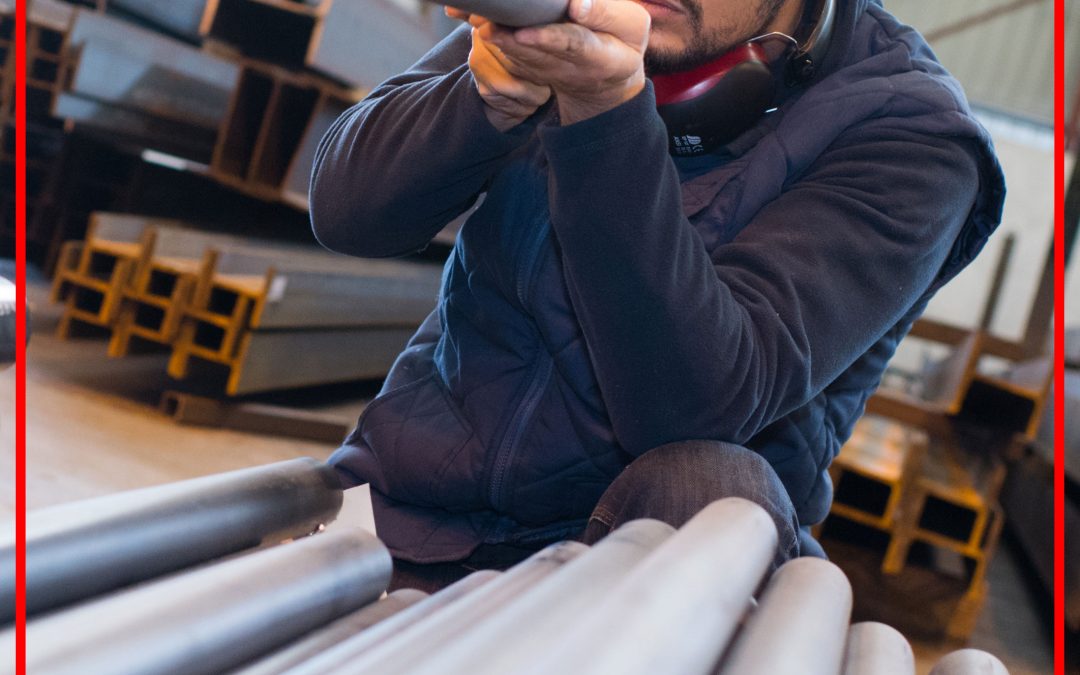Steel, often hailed as the backbone of modern civilization, has undergone a remarkable evolution in manufacturing techniques since its discovery thousands of years ago. From the crude smelting methods of antiquity to the sophisticated processes of the present day, the journey of steel production reflects humanity’s ingenuity, technological advancement, and relentless pursuit of innovation.
Ancient steelmaking techniques date back to the Iron Age, where early civilizations such as the Hittites, Egyptians, and Mesopotamians mastered the art of extracting iron from ore through primitive furnaces and bloomeries. These early methods yielded wrought iron, a relatively impure form of iron with limited strength and ductility, but laid the foundation for subsequent advancements in metallurgy.
The advent of the Industrial Revolution in the 18th century revolutionized steel manufacturing, ushering in an era of mass production and mechanization. The invention of the Bessemer process by British engineer Henry Bessemer in 1856 marked a watershed moment in steelmaking history. This revolutionary technique involved blowing air through molten pig iron to oxidize impurities, resulting in the production of high-quality steel at unprecedented speed and scale.
Following the Bessemer process, the Siemens-Martin process emerged as another pivotal innovation in steel production. Developed by German engineers Carl Wilhelm Siemens and Pierre-Émile Martin in the 1860s, this method involved melting scrap steel with pig iron in a reverberatory furnace, yielding a product with superior strength and consistency. The Siemens-Martin process further expanded the capabilities of steel manufacturing, enabling the production of a wider range of steel grades suitable for various applications.
Throughout the 20th century, advancements in metallurgical science and engineering continued to drive the evolution of steel manufacturing techniques. The introduction of electric arc furnaces (EAFs) in the early 20th century revolutionized steelmaking by enabling the use of electricity to melt scrap steel and refine it into high-quality products. EAFs offered greater flexibility, energy efficiency, and environmental sustainability compared to traditional blast furnaces, paving the way for the widespread adoption of electric steelmaking worldwide.
In the latter half of the 20th century, the development of continuous casting technology further transformed the steel industry. Continuous casting involves pouring molten steel into water-cooled molds to form semi-finished products such as billets, blooms, and slabs in a continuous process. This method eliminated the need for conventional ingot casting, reducing production costs, improving product quality, and increasing efficiency in steel manufacturing.
The 21st century has witnessed a new wave of innovation in steelmaking, driven by advances in automation, robotics, artificial intelligence, and digitalization. Industry 4.0 technologies are revolutionizing every aspect of steel production, from raw material sourcing and process optimization to quality control and supply chain management. Smart sensors, data analytics, and predictive maintenance algorithms are empowering steel manufacturers to achieve higher levels of productivity, reliability, and sustainability in their operations.
Looking ahead, the future of steel manufacturing promises even greater advancements, fueled by a relentless pursuit of efficiency, sustainability, and innovation. Emerging technologies such as additive manufacturing (3D printing), nanostructuring, and carbon capture and utilization (CCU) hold the potential to redefine the possibilities of steel production, opening new frontiers in materials science and engineering.
In conclusion, the evolution of steel manufacturing techniques is a testament to human ingenuity and the relentless quest for progress. From humble beginnings in ancient times to the cutting-edge processes of the present day, the journey of steelmaking reflects the remarkable achievements of science, technology, and industry. As we continue to push the boundaries of innovation, steel will remain a cornerstone of modern civilization, driving progress and prosperity for generations to come.


Recent Comments